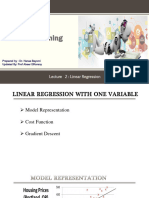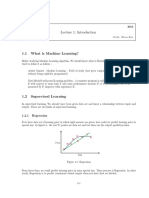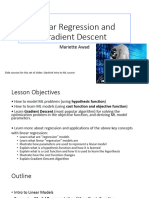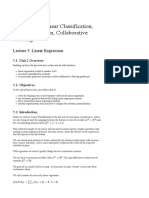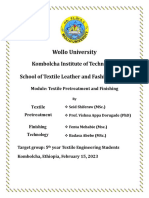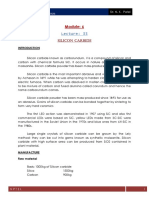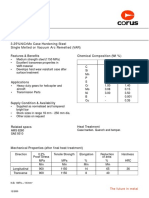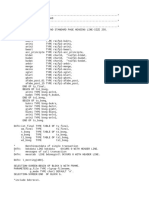0% found this document useful (0 votes)
190 views4 pagesQuiz Machine Learning
This document contains an assignment on linear regression and gradient descent. It provides a sample training set with 4 examples to predict a student's second year GPA based on their first year GPA. It then asks 5 exercises regarding properties of linear regression and gradient descent: 1) the number of training examples is 4, 2) the cost function J(0,1) for the training set, 3) the predicted value for an input of 6, 4) true statements about gradient descent, and 5) implications if the cost function was minimized to 0 on the training set.
Uploaded by
MattCopyright
© © All Rights Reserved
We take content rights seriously. If you suspect this is your content, claim it here.
Available Formats
Download as PDF, TXT or read online on Scribd
0% found this document useful (0 votes)
190 views4 pagesQuiz Machine Learning
This document contains an assignment on linear regression and gradient descent. It provides a sample training set with 4 examples to predict a student's second year GPA based on their first year GPA. It then asks 5 exercises regarding properties of linear regression and gradient descent: 1) the number of training examples is 4, 2) the cost function J(0,1) for the training set, 3) the predicted value for an input of 6, 4) true statements about gradient descent, and 5) implications if the cost function was minimized to 0 on the training set.
Uploaded by
MattCopyright
© © All Rights Reserved
We take content rights seriously. If you suspect this is your content, claim it here.
Available Formats
Download as PDF, TXT or read online on Scribd
/ 4




























